Why Veganism Isn’t THE Solution To Climate Change
Eliminating meat and becoming vegan can benefit the environment, but veganism isn’t THE sole solution to fighting climate change. Below I’ve highlighted a few of the nuances often overlooked when suggesting that plant-based diets alone will resolve our environmental peril.
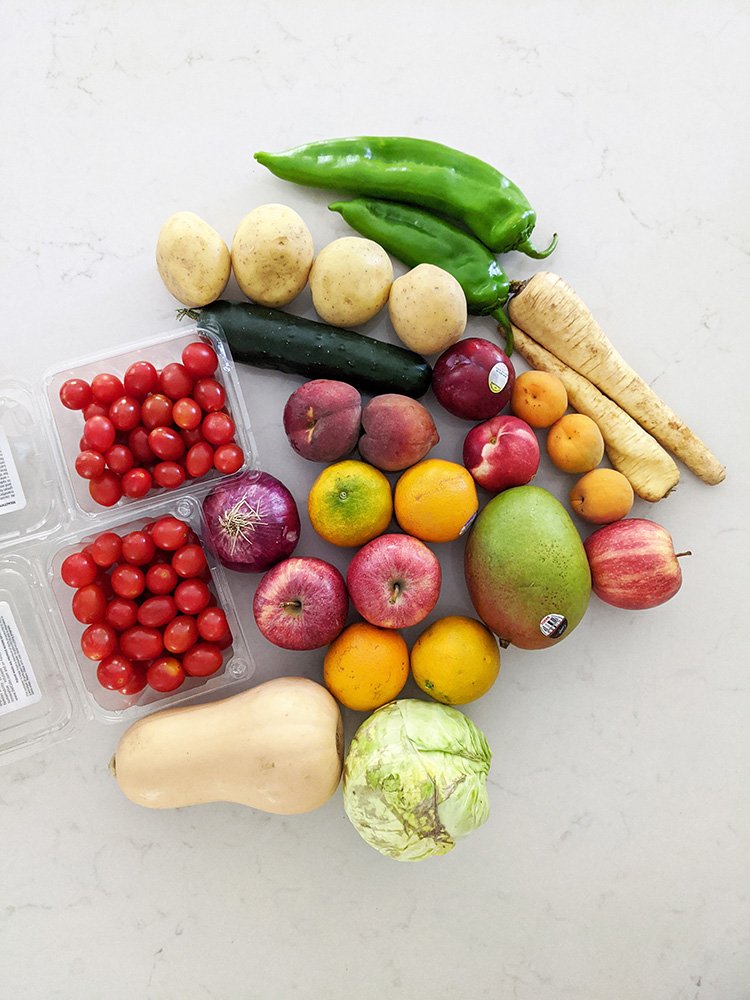
Have you heard the claim that the best thing you can do for the environment is to become vegan? Such positions argue that the consumption of animals, and beef, in particular, pose a serious threat to our environment because the process of raising animals for human consumption is one of the most significant contributors to climate change.
Many of the simple facts on which these claims rely are true, to some extent. But they all ignore a variety of contradictory factors such that significant portions of the story are left untold.
I believe vegan and plant-based diets can offer benefits to environmental well-being, particularly relative to CAFOs (or Concentrated Animal Feeding Operations). However, I take issue with the way many of these stances are presented with significant bias.
We can twist and turn facts and stats in so many ways to prove just about any point we want. In short, I think the claim that a global vegan diet is the paramount solution to climate change is misleading, limited in perspective, fixated on Western cultures, and reeks of privilege.
For those who enjoy a vegan or plant-based diet, I have no qualms with this personal preference. None at all. Suggesting, however, that one can be a good environmentalist or steward to the Earth only if they are vegan is unfair and limited in perspective.
I believe the environmental woes of our meat, and especially beef, production systems are not a result of their mere existence but of how and how much meat they produce. If we ate less meat and sourced meat more locally, I believe we would have far fewer concerns about the environmental harm caused by this agricultural supply chain.
Factors Ignored By Argument That Veganism Is The Climate Change Solution
Staunch vegans who seek to convince others that veganism is the primary solution to climate change ignore many factors in their arguments including considerations related to greenhouse gas emissions, water and land usage, monocultures, genetically-modified foods, climate and cultural considerations, and the use of fertilizers.
Greenhouse Gas Emissions
Much ado is made about the methane emissions from animal agriculture. Cattle excrete significant amounts of methane through their burps. However, up until a few hundred years ago, millions of ruminants (like cattle and buffalo) roamed this country and provided great benefits to the soil and ecosystem due to their nomadic living and eating habits. Their methane production wasn’t destroying the environment.
Methane emissions have become an issue because we have so many cattle living in close quarters. While I agree it’s important we lessen our consumption of beef and other meat, I don’t think we should entirely eliminate ruminants from our diet. In fact, I think they play an important role in a well-balanced food production system when incorporated into permaculture and biodiverse food production systems.
When managed properly, animal manure provides healthy fertilizer to replenish nutrients in the soil. Their hooves help naturally work the soil and aerate it without over-tilling it. So long as they are frequently moved, their eating habits regenerate plant growth and keep the soil covered, which helps prevent erosion and drought.
Beef and meat products as part of a balanced diet aren’t inherently bad. They just can’t be the primary component of every meal on our table.
Further, widespread vegan diets would likely require significant transport for such large volumes of produce, which carries the weight of a lot of carbon emissions as a result of food miles. Beef production at CAFO operations incurs many food miles as well. But this is a notable difference and benefit of sourcing meat locally from regenerative farms.
Water and Land Usage
Many proponents of veganism argue that cattle take up a significant amount of land and water usage that could otherwise be used to grow produce crops at much higher yields per square acre. On the surface, this is accurate, particularly when all rainfall on the cattle ranges counts toward water usage for cattle production.
However, in many cases, and especially when raised ethically and humanely, cattle are raised on land that is not otherwise suitable for vegetable crops. Many cattle live on dry, rocky ranches. For a variety of reasons, it’s not practical to grow produce in these areas. Further, cattle urinate a lot of water back into the land, and this is often ignored as well when considering water usage on any particular piece of land.
It’s unreasonable to assume we could simply swap every acre of cattle ranch for produce production and grow food at an optimal rate. Thus, when we see statistics about increasing yield simply by switching from cattle to fruits and vegetables, we must understand and incorporate these nuances into the calculations. It’s not a simple swap.
Beyond the land on which they are raised, cattle that eat corn and don’t graze require a lot of land use to grow livestock feed. A significant portion of cropland in the Unites States is used to grow corn for livestock. Eating less meat could drastically reduce the amount of land and resources dedicated to livestock feed.
This ties into my previous note that it’s useful to reduce our meat consumption to an amount that could be raised through regenerative practices. But if cattle graze on open lots and don’t require significant amounts of transported feedstock, this would contribute to far less land use associated with meat consumption.
As meat consumption grows around the world, we’ve also seen deforestation (such as in the Amazon) to create space to raise cattle. Of course deforestation to create CAFOs is not great for our environment, and reducing our consumption of meat would limit the demand for cattle raised on deforested spaces. But the negative consequences of deforestation to raise cattle are not indicative of cattle raised under regenerative practices also being a burden on the planet.
Monoculture Crops
Many staple vegan foods such as soy and wheat are grown in monocultures, or large homogeneous crops that deplete the soil and destroy diverse habitats that would otherwise support a variety of life, including many pollinators.
Monocultures have significant negative effects on ecosystems. As biodiversity decreases, the quality of the soil diminishes as does the ecosystem’s ability to regenerate and take care of itself with each new season.
Vegans must acknowledge the environmental damage caused by monoculture farming that already happens and would inherently increase if more people relied primarily on commercially farmed soy, wheat, and other vegan staples.
Genetically-Modified (GMO) Food
Unless more large farms transition to regenerative and non-GMO agriculture practices, many farms currently producing crops such as soy in large quantities rely on GMO seeds. While research on the long-term impacts of using GMO seeds is heavily debated, GMO seeds definitely decrease the biodiversity of seeds and increase related consequences of diminishing biodiversity.
They also increase reliance on large corporations who develop and sell the seeds, sometimes locking farmers into buying corporate seeds for the foreseeable future instead of saving seeds and using their own seeds in subsequent years.
Climate & Cultural Considerations
Food production in some parts of the world is not suitable for growing vegetables and supporting vegan diets. Very cold climates, for example, where produce cannot be grown year-round, rely on local meat production as a staple in their diets. Shipping avocados from Mexico and bananas from Ecuador, both of which are often grown in monoculture conditions, probably isn’t an environmentally-superior alternative to local fish and meat-based diets.
As a result of these climate limitations, many cultures have deep connections to non-vegan diets. Certain types of meat have significant roles in their cultural traditions.
When touting the benefits of a global vegan diet, it’s important to consider the climates in local areas that might prohibit such a diet from being feasible or beneficial to the environment and the cultural traditions built on certain food staples. Assuming that everyone on the planet lives in climates that support year-round fruit and vegetable agriculture and could easily transition to such a diet is limited in perspective and ignorant of the climate and cultural considerations that drive eating habits for cultures around the world.
Use of Fertilizers
Many vegetable crops are annual crops and need to be replanted each year. They also draw a lot of the nutrients out of the soil. Animals provide a natural fertilizer to the soil that prepares it for another round of growing produce.
Currently, many farms use heavy treatments of fertilizers that runoff into streams and ultimately create environmental issues in rivers and oceans. To solve the environmental issues associated with fertilizers, farmers can treat soil with compost. But in a farming system without animals, agriculture requires extensive amounts of non-manure compost and spreading. Alternatively, we could allow animals to naturally replenish the soil by incorporating them judiciously into biodiverse food production systems.
Reduce But Don’t Eliminate Meat Consumption
Part of the reason the cattle production methods have such a harsh impact on the planet results from the amount of beef that the world demands. Especially as incomes rise around the world and more people want to incorporate beef and other meats into their diets more frequently, we are asking big agriculture for more meat than we can sustainably produce.
In short, a diet heavy in meat (and especially beef) will take a toll on the environment. We cannot sustainably produce enough meat for everyone to have a large serving of meat at every meal. However, many of the factors above add layers of complexity to the arguments about the best way to source our food with the planet’s health in mind and contradict the claim that veganism is the sole acceptable diet for anyone with an environmental conscience.
Cleaning up the mess that is our food system is not a simple swap to veganism. Including a small or moderate amount of meat in our diets can actually contribute to healthy biodiversity in an agricultural system that uses cattle and other animals as a productive component of well-balanced farming.
I fully support reducing our overall meat consumption. The Earth and our overall lack of health reflect the lack of fresh fruits, vegetables, and healthy foods we collectively consume.
If we changed our eating habits and reduced our consumption of meat, focused on purchasing a limited amount of meat from local farmers who use sustainable practices, and incorporate a wide variety of fruits and vegetables into our diets, we could have a substantial impact on reducing the environmental impact of the food production system.
Who Drives Big Agriculture Behavior
There’s no doubt big corporate agriculture isn’t doing the environment a whole lot of favors. To be clear, however, I believe there are many stakeholders that influence big agriculture beyond just the companies and their employees.
The handful of large corporations that dominate agricultural systems in our country and around the world didn’t just wake up one morning and decide to ruin the environment in pursuit of corporate profits.
Shareholders of large corporations demand ever-increasing growth, larger profits, and reduced expenses. Exponential growth built on a finite amount of resources that Earth can offer is impossible to sustain.
Industry lobby associations have deep pockets. They fight incessantly to ensure that the government acts in the best interest of their members and not necessarily the best interest of consumers or the environment.
Consumers consistently choose less expensive items from the grocery store shelves. We have financially benefited from the significant increase in food production we’ve seen over the last several decades and taken advantage of the relatively lower price of food as a portion of family expenditures. How we allocate our money informs companies about what to put on grocery store shelves. Companies will supply what consumers continue to buy.
Consumers, lobbyists, and corporate shareholders aren’t the only stakeholders muddying priorities for big agriculture, but they are certainly significant drivers of behavior. Focusing blame on the companies themselves is fruitless because these other stakeholders have far more influence over behavior than any particular CEO or employee of a company.
Companies Know More Than Consumers
Despite the outside influences, big agriculture companies know more about the side effects of monoculture farming practices, extensive use of fertilizers, and promotion of GMO seeds, as examples, than the average consumer. However, they’re also always responding to shareholder demands, consumer trends, and preferences. We’re all in this together.
The drivers of change in agricultural production are vast and complex. In my discussion of the pros and cons of commercial agriculture, my goal is not to place blame but just to recognize that the system is broken and we all can influence it for the better. There are many people and organizations that perpetuate the environmental damage commercial agriculture leaves in its path.
Undoubtedly in the United States and in many countries around the world, we eat far too much meat. Eating less meat can help limit our reliance on commercial farms that don’t use regenerative agriculture practices. But that doesn’t mean we need to give up meat or even beef entirely.
In the end, I don’t personally believe veganism is the answer to fixing the environmental woes of our food supply system. I think it’s misleading, at best, to suggest that widespread veganism alone solves our food supply environmental problems. It’s also entirely unrealistic to expect this to be an effective solution; millions of people will not make such a substantial shift in their diet.
If veganism works for you, by all means, pursue the health habits that work for you. But consider that there is much more to resolving our environmental perils than giving up meat.
Want To Hear More? Check out this podcast episode from How To Save A Planet where they dig into this same issue. In short, they’ll concur that it’s helpful to eat less meat but fruitless to rely on widespread veganism as a solution.
If You Liked This Post, You Might Also Like
What is Regenerative Living for Modern Families?
10 Principles Of A Climate Resilience Garden
My Favorite Podcasts for Regenerative Living

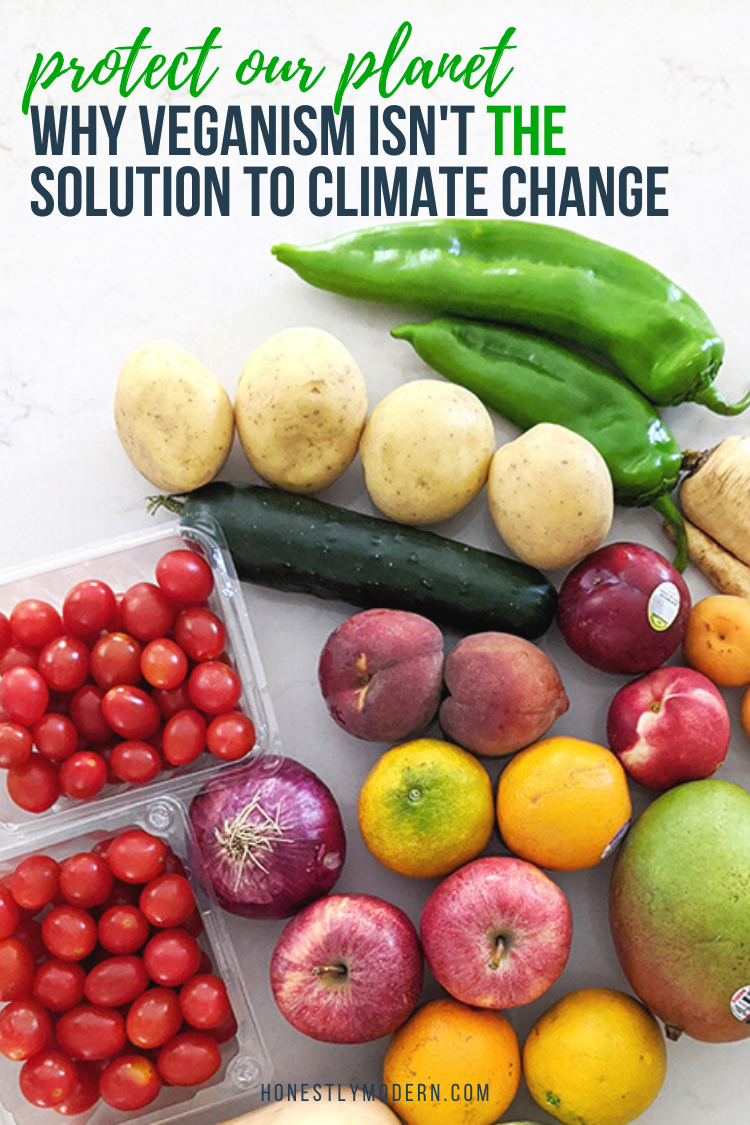



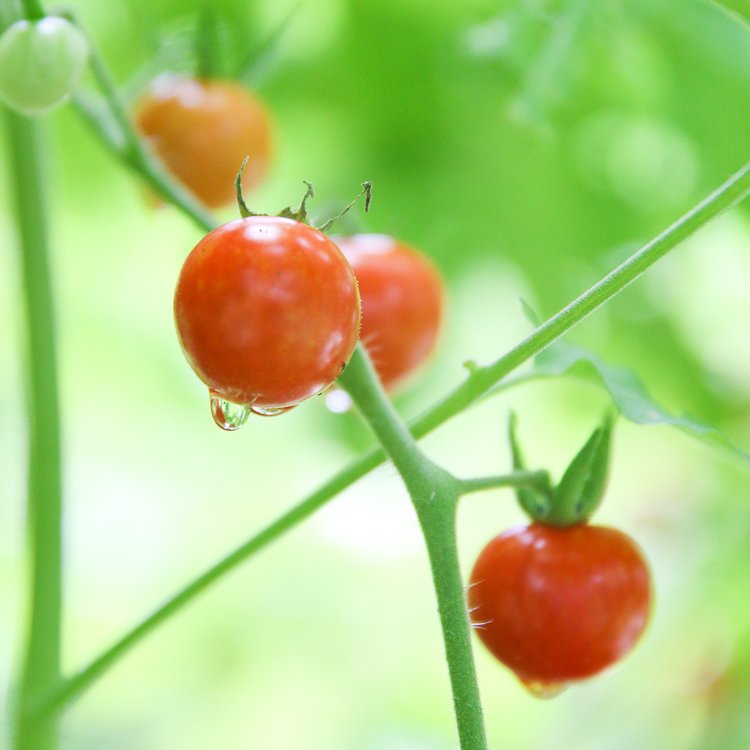
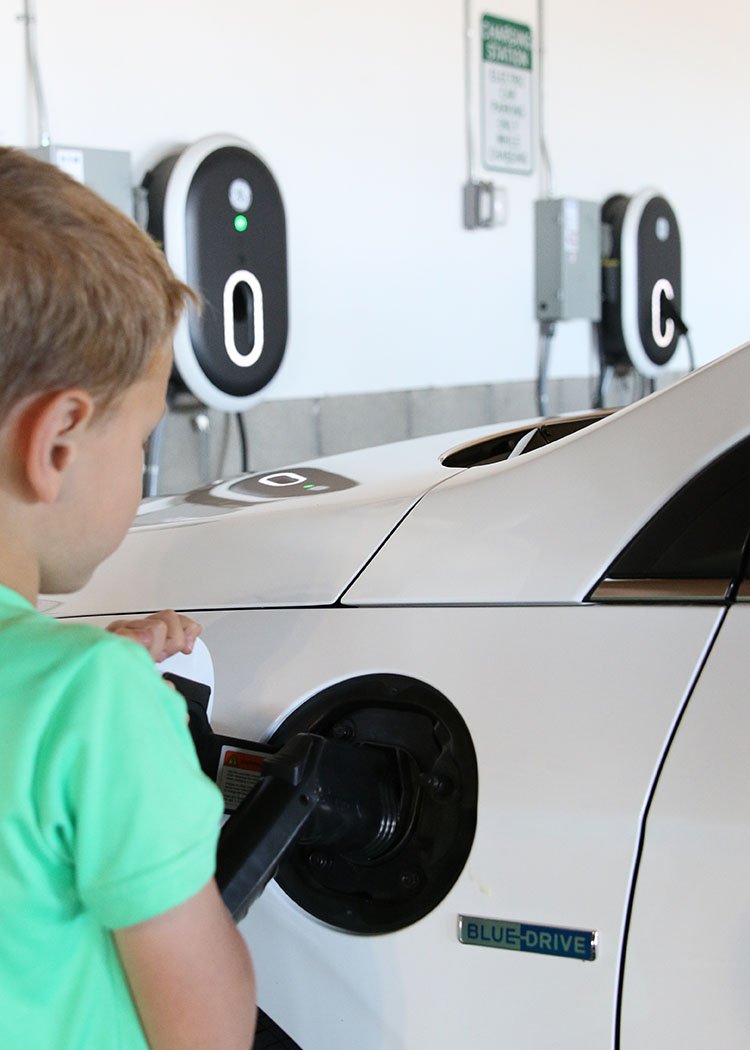
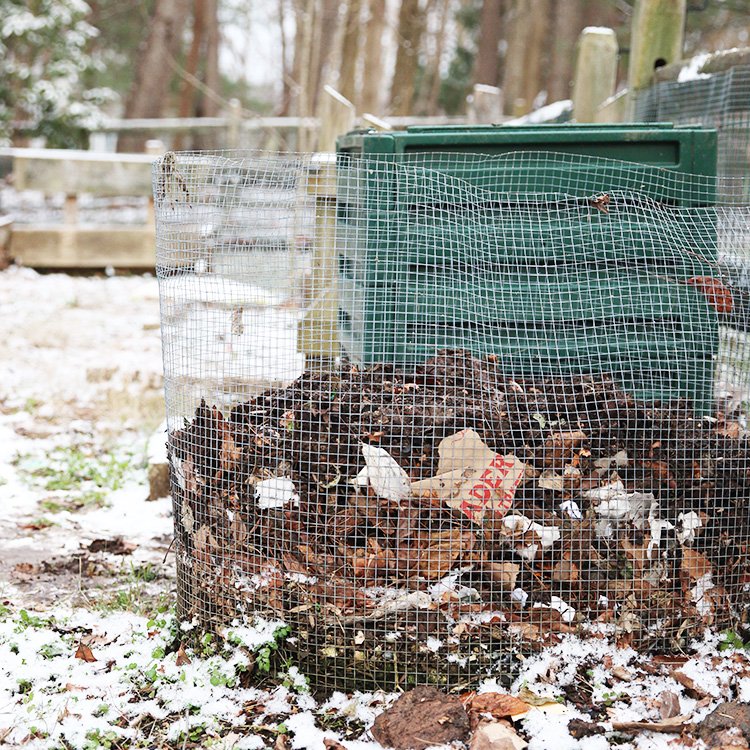


Your comments are deeply flawed in that all though cattle give out methane, they give back 3 times as much in carbon storage. This is now what farming is all about, namely carbon credits. To remove animals from the land would in fact be very detrimental to the land and to man. Look at the Savory Institute and Alan Savory Ted Lectures for a description as to what happens to land when animals are taken away. Further evidence of this supported on the mountains of the UK which have very little to no animals on them.
Glad to hear we are on the same page that cattle are an important part of the agricultural system and provide great benefits to regenerative land management.
It’s just not true that cattle give back 3 times as much in carbon storage. Apart from that, you don’t have to murder the animals unnecessarily if you use them for your utopian carbon storage. You could eat them when they die of old age l, but how are you going to feed 10 billion people that way?
Wow most of those points actually are connected with consumptions of meat not plant-based diet 😛 And hey – who said we have to EAT meat in order to have cattle roaming freely on the lands?
Cattle roaming freely is definitely an option.
Good Point! ThankYou VERY Much!!